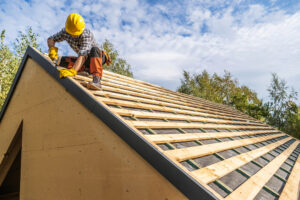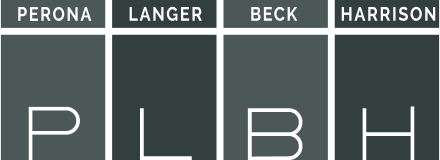
Roofing is among the most dangerous construction jobs, especially during California’s intense summer heat. Roofers face a dual threat: extreme temperatures that can cause serious heat-related illness and the risk of falling from heights—often made worse by dizziness or fatigue brought on by the heat.
If you were injured on the job under these conditions, you may be entitled to compensation through workers’ compensation benefits and potentially other legal remedies. Here’s what every injured roofer needs to know. Contact PLBH at (800) 435-7542 for a free legal consultation.
The Hidden Dangers of Heat Stress on Roofs
Working on rooftops exposes employees to direct sunlight and high surface temperatures that can exceed 150°F. Even healthy, seasoned workers are at risk for heat-related conditions such as:
- Heat exhaustion: Signs include dizziness, weakness, confusion, and nausea.
- Heat stroke: A life-threatening emergency with symptoms like loss of consciousness, seizures, or body temperatures over 104°F.
- Dehydration and cramping: These can impair movement and decision-making, increasing the risk of an accident or fall.
Many roofing accidents are directly or indirectly linked to heat stress. For example, a worker may become lightheaded or disoriented and lose their footing, resulting in a serious fall. If your fall was caused or worsened by heat exposure, this connection may be important when filing a claim.
Falls Are the Leading Cause of Roofing Injuries
Even without heat stress, roofing is a high-risk occupation. Falls are the most common and most severe injuries among roofers, often resulting in:
- Broken bones
- Traumatic brain injuries (TBIs)
- Spinal cord damage
- Long-term disability
When these accidents occur on the job—even if partly due to your physical condition at the time—you have the right to seek compensation.
Your Right to Workers’ Compensation
Under California law, injured roofers are entitled to workers’ compensation benefits regardless of fault. This includes:
- Medical expenses: Coverage for hospital visits, medications, rehabilitation, and more.
- Temporary disability payments: Partial wage replacement while you recover.
- Permanent disability: If your injuries result in long-term impairments.
- Vocational retraining: If you’re unable to return to roofing work.
Importantly, you do not have to prove that your employer was negligent to receive these benefits. However, your claim must clearly show that your injury occurred in the course of your work duties—including injuries caused by heat exposure that led to a fall.
Challenges You May Face in a Claim
Even though workers’ comp is your legal right, that doesn’t mean insurers will make it easy. Common roadblocks include:
- Disputes about the cause of your fall
- Claims that your heat illness was due to personal health, not work
- Delays in approving medical treatment
- Underpayment of wage benefits
If your injury claim is denied or undervalued, or if your employer pressures you to return to work too soon, it’s time to speak with an employment law attorney at PLBH.
Additional Legal Protections
In some cases, you may also have grounds for a third-party injury claim—for example, if faulty roofing equipment or a subcontractor’s negligence contributed to your fall. These claims can offer additional compensation beyond workers’ comp.
A legal professional can review your case to determine whether additional claims apply and ensure all deadlines and procedures are followed correctly.
Take Action After a Rooftop Injury
If you’ve suffered a fall or heat-related injury while roofing in the summer, don’t navigate the claims process alone. The legal team at PLBH understands the challenges injured workers face and is here to help you secure the full benefits you’re entitled to. Call (800) 435-7542 today for a free, confidential consultation and get the support you need to recover and move forward.
